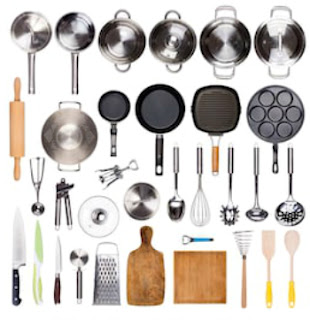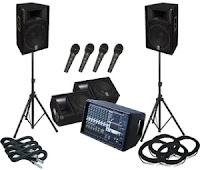As long as there are kitchens in homes, there will be an everlasting requirement for kitchenware as well! What this implies is that the kitchen utensils manufacturers, kitchenware wholesalers and suppliers are never going to run to of business, irrespective of economic upheavals!
When you take a look at the Types Of Kitchenware you will be amazed to see the mere variety that it has. There are so many different types of utensils that one requires for cooking, baking, serving, etc. similarly there are organizations who are involved in manufacturing specialized forms of baking and food preparation utensils that are used in kitchen.
Some Of Them are Following:-
- Plates
- Dishes
- Spoons
- Forks
- Glasses
- Baking Dish
- Baking Tray
- Cake Pan
- Chopping Board
- Coffee Press
- Cooling Rack
Some Important Factors When Buying Kitchenware Utensils
Kitchenware comprises a wide range of eating and cooking tools. Some of us prefer to take our food with help of various kitchen tools and Utensils. These utensils are generally spoons, knives and forks and they come in various shapes and designs. These are used for cutting and serving food and are generally made from the finest type of materials. We always insured the quality of these products before using in our kitchen so must check the requirement of your kitchen Space Choose the Size, (Iron Or Non-Stick), Pan(Tawa), Wok (Kadhai), and Cooking Pots (Patila), Steel Pots (Bhagona), These are available in various sizes like Wide Pans, Deep Pans, Sauté Pans, Saucepans,
Pans, dishes and pots are used during cooking and these generally act as proper medium where food can be kept. This helps us to cook food at a desired temperature without damaging the food. These utensils are usually made from glass, ceramics and pizza stone and sometime metals are also used for manufacturing these cooking pots and pans.
Modern kitchens are equipped with electrical equipments like blender, juicer and mixer. This modern kitchenware saves time and space. Airtight containers for storing food are another important type of kitchenware. You can keep food within these containers and then keep them in refrigerator. These are also made from plastics, ceramics and glass and are noted for their quality and toughness.
When it comes to the utensils that will be used for cooking and serving food, quality of the material used is of prime importance. Moreover, there are different kinds of raw materials which go into making these utensils – steel, glass, fiber and oven proof material. All these have separate quality standards that need to be adhered to so that the required type of utensil can be made. These days there are even designer kitchen utensils which are made around a particular concept or theme, befitting the requirement of high end customers

























